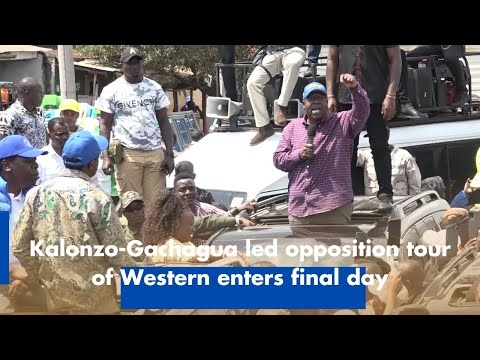In 2019, leaders from the Horn of Africa came together to launch the Horn of Africa Initiative. At the meeting, they requested support from the World Bank, African Development Bank and the European Union to deepen regional economic integration, which resulted in $15 billion packages of priorities under four thematic areas.
One of the thematic areas was the development of regional infrastructure networks covering the upgrading of economic corridors, energy, and digital connectivity, which the Isiolo-Mandera road was a part of.
The region is strategically located but has not been fully exploited from a transport lens. The 740km road project was mooted to enhance connectivity between Kenya, Somalia and Ethiopia.
According to the AfDB, this shall be achieved through improvement to bitumen standards of the existing road, thereby increasing transport efficiency, facilitating trade and development along the Isiolo-Wajir-Mandera part of the Mombasa-Garissa-Wajir-Mandera-Modogashe road corridor.
It would also boost connecting the area with information and communication technologies. In a region inundated with high insecurity risk, inter-clan rivalry mainly over land ownership and resources, inter-county boundary disputes and water scarcity, the road is seen as an important catalyst for the integration of the northern frontier into the Kenyan economy. It is also seen as an important link in the international road connection between Kenya, Ethiopia and Somalia.
In a region grappling with enormous social, political and economic variation, the road will be a game changer. It is expected to create new economic and employment opportunities and enhance water security in the region. It will also improve connectivity, support livelihoods, and build resilience, which will contribute towards creating a sense of belonging, inclusion, sharing of benefits, and greater peace and security.
The road will enhance regional integration. It will reduce time and cost spent, boost trade in the region, help the government to respond to security emergencies, enhance regional integration, offer lifeline for transporting emergency humanitarian aid and movement of victims of conflict.
A month ago, local drivers, technicians, and plant operators protested in Isiolo town against the Chinese company working on the Isiolo-Modogashe road, claiming the contractor denied them jobs at the road sites. Modogashe residents have been up in arms over skewed compensation by Kenha and the National Land Commission.
This is just the tip of the iceberg, expect more demonstrations as locals anticipate more from the project. This anticipatory position causes people to take positions, raising fear and heightening claim on land, leading to heightened tensions and exacerbating conflict.
The project has precipitated land speculation along the road. This will lead to an increase in social inequality as local elites will take advantage of the illiterate folk. Probably, the most significant conflict risk is the struggle for political power and control over the benefits of development along with the dangers of displacement.
Some actors have economic or political advantages to take over huge pieces of land along the road. This will lead to further intra- marginalisation.
As one of Kenya’s large-scale infrastructure projects, the road will lead to various contestations and conflicts. The parties involved should enact strong grievance mechanisms and procedures. The grievance mechanism should be led by local CSOs with relevant experience and knowledge of the project areas to mitigate risks.
Local leadership, led by the governors and assemblies of the counties through which the project traverses, have a huge role in ensuring this is done in the right way. The affected people should be compensated. The project funders should also provide scholarships to enhance the knowledge and skills of local youths in technical courses.
Construction companies should adhere to social safeguards and fiduciary requirements. Being a volatile region, there is a need for harmonisation and coordination of regional agreements on peace, conflict, and security to foster joint security plans and actions for conflict resolutions to build an enabling environment for the implementation of the project.
Lastly, the county government should fast-track community land registration for rightful ownership and timely compensation.
Researcher on International Development and Conflict











